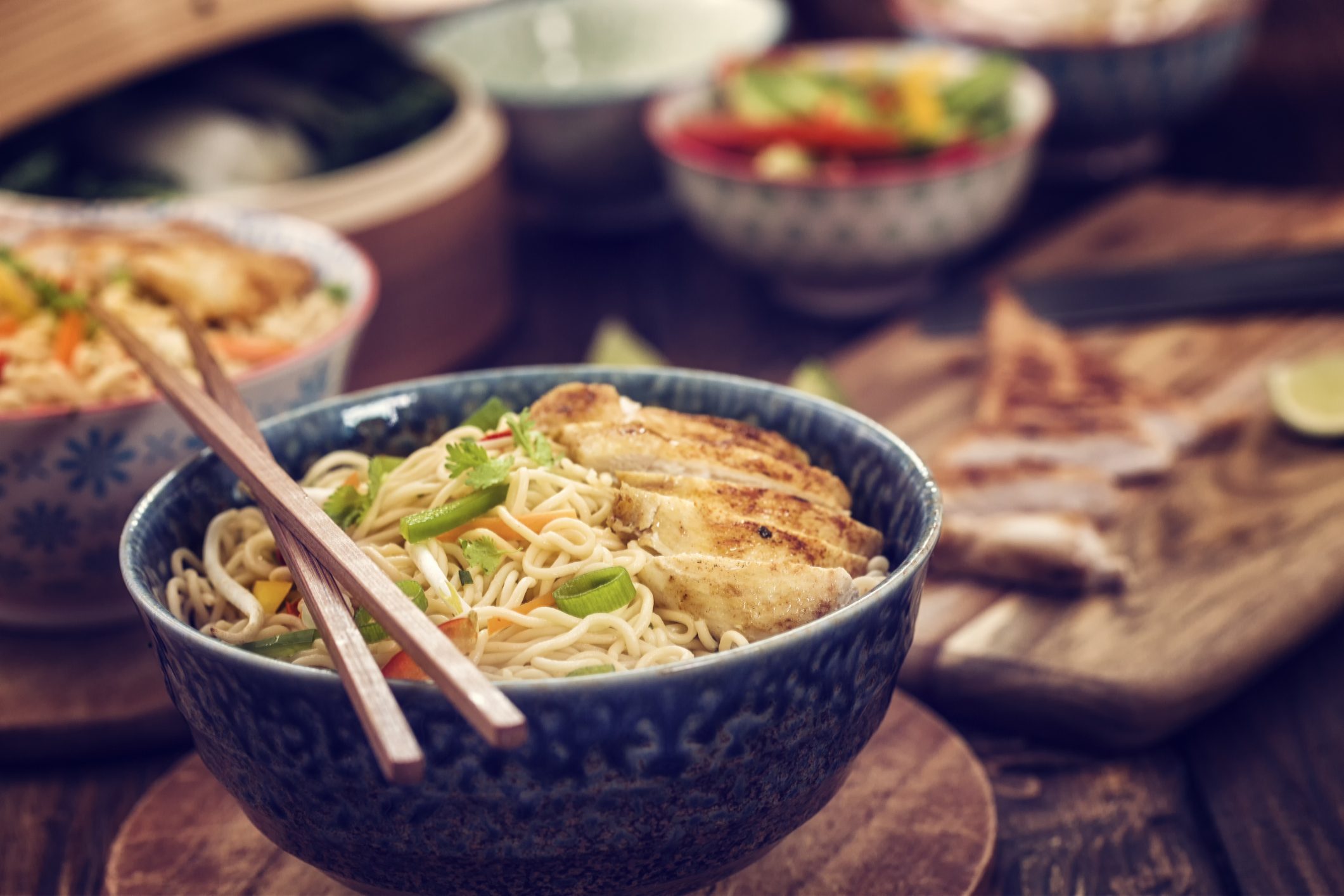What are the Different Types of Rice and How Can You Use Them
Rice varieties such as white, brown, basmati, jasmine, and arborio each offer unique flavors, textures, and nutritional benefits suited to specific dishes, from aromatic biryanis to creamy risottos. Understanding the distinct characteristics of these types, including specialty grains like black, red, and sticky rice, enhances culinary experiences, making rice a versatile staple in global cuisines.

Rice, a cornerstone of culinary traditions worldwide, boasts an unparalleled versatility that has made it a beloved staple from Asia to the Americas. Its ability to serve as a main dish, a complementary side, or even a substitute for bread underlines its universal appeal. As rice has traversed continents, the variety of types available has expanded, each with unique characteristics suited to different dishes and culinary techniques. Understanding these varieties is key to unleashing the full potential of rice in cooking.
A Guide to the Various Types of Rice
White Rice

White rice is the most common type of rice consumed worldwide. Its grains have been milled to remove the husk, bran, and germ, resulting in rice that cooks up soft and fluffy. This process also extends its shelf life but removes some of its nutritional content. White rice is incredibly versatile, serving as a staple in everything from simple side dishes to complex entrees across various cuisines.
Brown Rice

Brown rice is whole grain rice with only the outer hull removed, retaining its nutritious bran and germ layer. It has a slightly nutty flavor and a chewier texture than white rice. Brown rice is rich in fiber, vitamins, and minerals, making it a healthier alternative to white rice. It's ideal for health-conscious meals, from salads and bowls to hearty side dishes.
Basmati Rice

Originating from the Indian subcontinent, Basmati rice is known for its distinctive aromatic fragrance and long, slender grains. When cooked, it becomes light and fluffy, making it perfect for dishes like biryani and pilaf where the separation of grains is prized. Basmati rice's unique aroma and texture have made it a favorite in both traditional and contemporary recipes.
Jasmine Rice

Jasmine rice, primarily grown in Thailand, is famous for its fragrant, floral aroma and slightly sticky texture when cooked. Its long grains and subtle sweetness pair beautifully with Southeast Asian dishes, such as Thai curries and Vietnamese stir-fries, enhancing the overall flavor profile of the meal.
Arborio Rice

A staple in Italian cuisine, Arborio rice is a short-grain variety known for its high starch content, which lends a creamy texture to dishes. It's the go-to rice for making risotto, absorbing flavors beautifully while maintaining a slight chewiness at its core. Arborio rice's ability to create a naturally creamy sauce without the need for heavy cream makes it indispensable in Italian cooking.
Sushi Rice

Sushi rice is a type of short-grain rice that becomes sticky when cooked, which is essential for sushi making. It's seasoned with a mix of vinegar, sugar, and salt, giving sushi its characteristic taste. Beyond sushi, this rice is also used in other Japanese dishes, such as onigiri (rice balls) and certain desserts.
Wild Rice

Though not technically rice but a grass, wild rice boasts long, slender grains with a distinctive chewy texture and nutty flavor. Native to North America, it's often mixed with other rice types in dishes or used as a base for salads and soups. Wild rice is also packed with protein and fiber, offering nutritional benefits.
Black Rice (Forbidden Rice)

Black rice, once reserved for Chinese royalty, is rich in antioxidants, particularly anthocyanin, which gives it its striking purple-black hue. It has a slightly sweet, nutty flavor and a chewy texture. Black rice is excellent in desserts, salads, and as a visually striking side dish.
Red Rice

Red rice has a reddish husk and offers a nutty flavor, similar to brown rice but with an added earthiness. It's high in nutrients and fiber, making it another healthy rice choice. Red rice is versatile, used in everything from traditional Bhutanese dishes to contemporary salads and sides.
Sticky Rice (Glutinous Rice)

Despite its name, glutinous rice contains no gluten. It is named for its glue-like, sticky texture when cooked. This rice is a staple in Southeast Asian cuisines, used in both savory dishes, like Lao sticky rice, and sweets, such as Thai sticky rice with mango.
The Benefits of Including Rice in Your Diet
Rice is not only versatile and delicious but also offers several health benefits. It's a great source of energy, primarily through its carbohydrate content, which provides fuel for the body and brain. Rice, particularly whole grain varieties like brown, black, and red rice, contains essential nutrients, including B vitamins, iron, magnesium, and fiber. These nutrients support a healthy digestive system, contribute to heart health, and can help in maintaining a balanced diet. Moreover, rice is naturally gluten-free, making it an excellent dietary staple for those with gluten sensitivities or celiac disease.
;Resize,width=767;)
;Resize,width=712;)
;Resize,width=712;)

